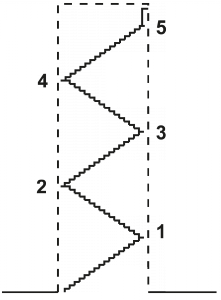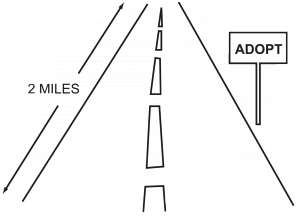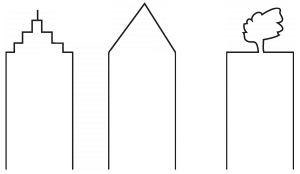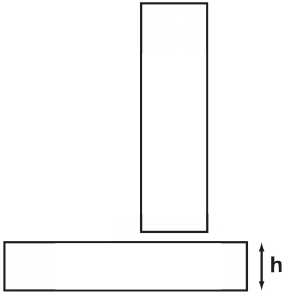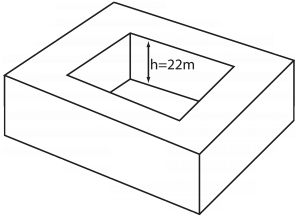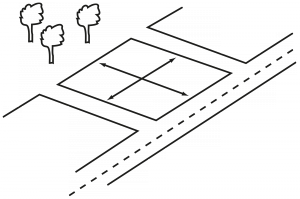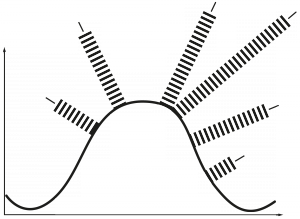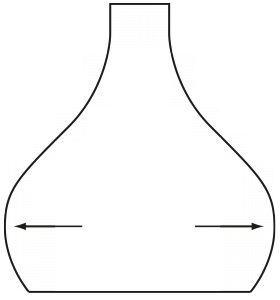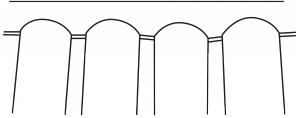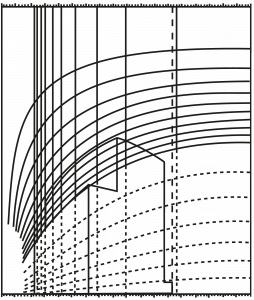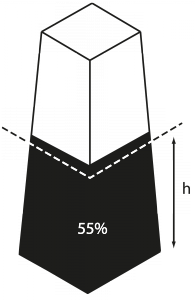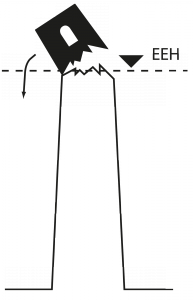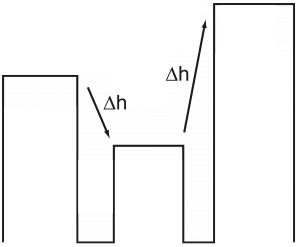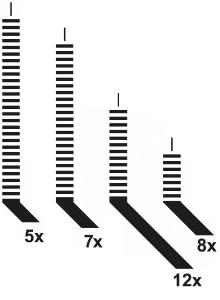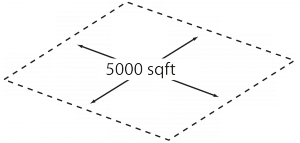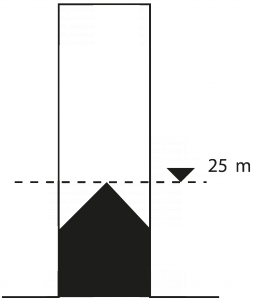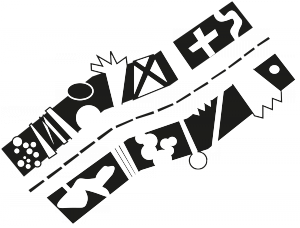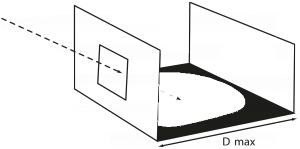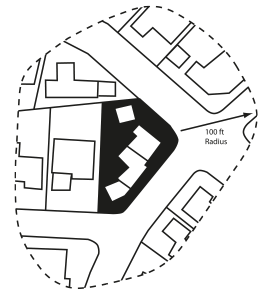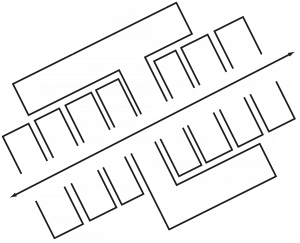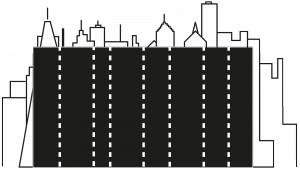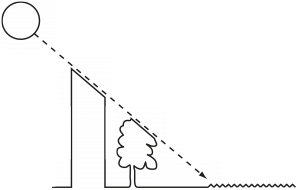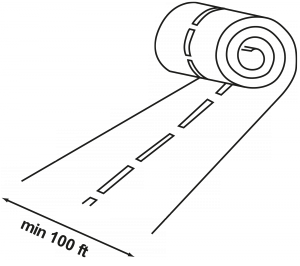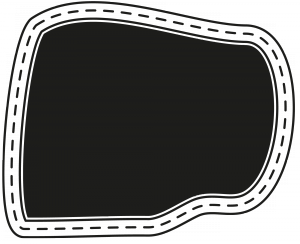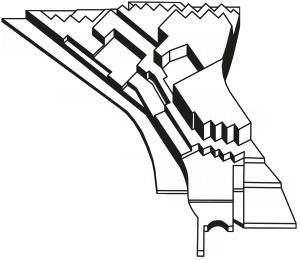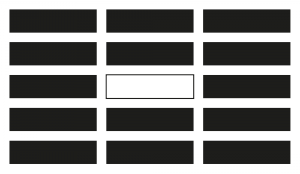Asst. Prof. Dr. Alex Lehnerer
Design Rules and Design With Rules!
Cities as cultural products are neither ‘built’ nor ‘planned,’ at best they are guided and steered in a certain direction. Therefore, rules and regulations are one of the few tools that are actually suitable to guide future development within such collective and complex urban settings.
We strongly believe that the field of (urban) design should not simply adhere to these standards as some neutrally existing context but should actively engage in discussing them in order to make them subject to design as well. read more
Filter rules
Show All-
 Backdrop PreservationForm Regulator, Height, Density and Distribution Regulator
Backdrop PreservationForm Regulator, Height, Density and Distribution Regulator -
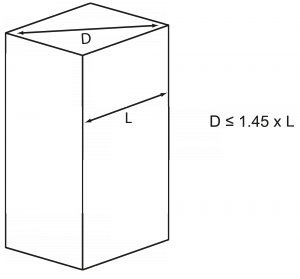 Building BulkDensity and Distribution Regulator, Form Regulator
Building BulkDensity and Distribution Regulator, Form Regulator -
 Common Law of NuisanceForm Regulator, Height, Density and Distribution Regulator, Style, Programmatic Regulation
Common Law of NuisanceForm Regulator, Height, Density and Distribution Regulator, Style, Programmatic Regulation -
 Freedom & CoercionDensity and Distribution Regulator, Style, Programmatic Regulation, Form Regulator, Height
Freedom & CoercionDensity and Distribution Regulator, Style, Programmatic Regulation, Form Regulator, Height -
 Glut TendencyProgrammatic Regulation
Glut TendencyProgrammatic Regulation -
 Invisible HandForm Regulator, Height, Density and Distribution Regulator, Style, Programmatic Regulation
Invisible HandForm Regulator, Height, Density and Distribution Regulator, Style, Programmatic Regulation -
 Land Preservation
Land Preservation -
 London View ManagementDensity and Distribution Regulator, Form Regulator, Height
London View ManagementDensity and Distribution Regulator, Form Regulator, Height -
 Population to Overall Street LengthDensity and Distribution Regulator
Population to Overall Street LengthDensity and Distribution Regulator -
 Proximity CoercionHeight, Density and Distribution Regulator, Programmatic Regulation, Form Regulator
Proximity CoercionHeight, Density and Distribution Regulator, Programmatic Regulation, Form Regulator -
 Public & Private InterestsProgrammatic Regulation, Form Regulator, Height, Density and Distribution Regulator, Style
Public & Private InterestsProgrammatic Regulation, Form Regulator, Height, Density and Distribution Regulator, Style -
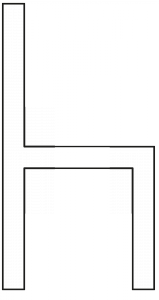 Public Space AcceptanceStyle, Density and Distribution Regulator, Programmatic Regulation
Public Space AcceptanceStyle, Density and Distribution Regulator, Programmatic Regulation -
 Revision CyclesStyle, Programmatic Regulation, Form Regulator, Height, Density and Distribution Regulator
Revision CyclesStyle, Programmatic Regulation, Form Regulator, Height, Density and Distribution Regulator -
 Ridge Line ProtectionHeight, Density and Distribution Regulator, Form Regulator
Ridge Line ProtectionHeight, Density and Distribution Regulator, Form Regulator -
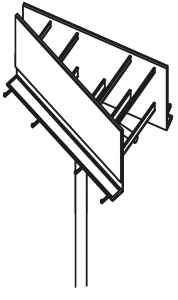 Rights to BeautyForm Regulator, Height, Style
Rights to BeautyForm Regulator, Height, Style -
 Rule of ThreeHeight, Style, Density and Distribution Regulator
Rule of ThreeHeight, Style, Density and Distribution Regulator -
 Rules and FreedomsHeight, Style, Density and Distribution Regulator, Programmatic Regulation, Form Regulator
Rules and FreedomsHeight, Style, Density and Distribution Regulator, Programmatic Regulation, Form Regulator -
 Scenic Drive ProtectionForm Regulator, Height, Density and Distribution Regulator, Programmatic Regulation
Scenic Drive ProtectionForm Regulator, Height, Density and Distribution Regulator, Programmatic Regulation -
 Style RulesStyle, Form Regulator
Style RulesStyle, Form Regulator -
 Towers at Primary StreetsDensity and Distribution Regulator, Form Regulator, Height
Towers at Primary StreetsDensity and Distribution Regulator, Form Regulator, Height -
 Where is William ?Form Regulator, Height, Density and Distribution Regulator
Where is William ?Form Regulator, Height, Density and Distribution Regulator
Setback Street Ratio
Above a certain height, each building shall spring back at distances having (depending upon the district or zone: SD, UG) either twice, 1 1/2 times, or the same width as the adjacent street. This creates a feeling of enclosure without a canyon-like impression.

-
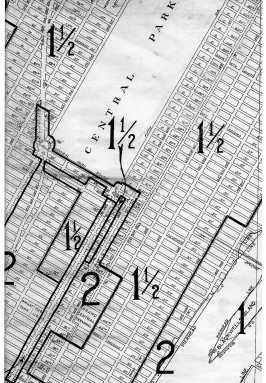 Height District Map of Midtown Manhattan—specifying the Setback Street Ratio, 1916.
Height District Map of Midtown Manhattan—specifying the Setback Street Ratio, 1916. -
 Hugh Ferriss modeling the respective building envelopes out of clay, 1916.
Hugh Ferriss modeling the respective building envelopes out of clay, 1916. -
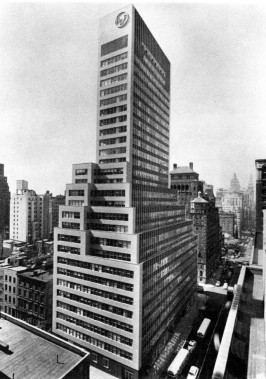 261 Madison Avenue Building, 1952
261 Madison Avenue Building, 1952


